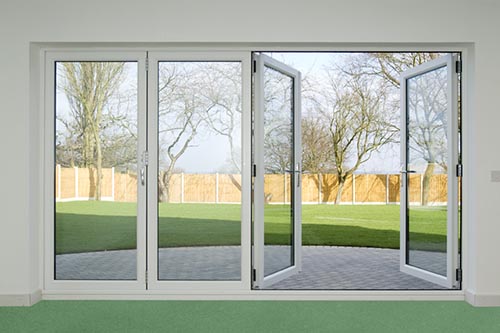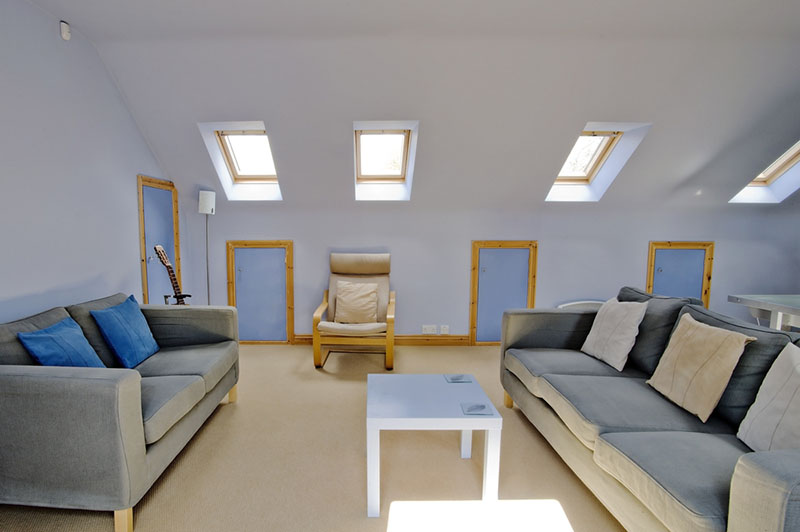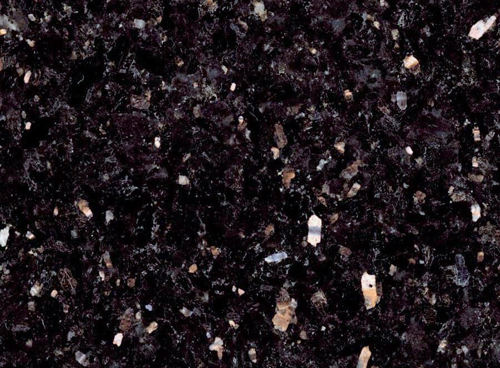Approved Trader
Kitchen Taps
Air Conditioning
Services

Find a local trader and receive competitive FREE quotes?
The kitchen tap is one of the most used home appliances for cooking, rinsing or washing dishes, sometimes several times a day. But it is also a crucial part of your interior design, able to give your kitchen a retro look, industrial or contemporary. Approved Trader helps you to find the most sustainable kitchen faucet suit your needs and tastes.
The kitchen tap is the plumbing device that controls the opening or stop the water in your sink. Besides gaskets and fasteners, all kitchen faucets are composed of three elements:
- Spout: carrying water to the aerator, it is often the most visible part of the tap. Its design and features vary greatly tap. His height and length will be determining factors in your choice. If you have a narrow and shallow sink, you should opt for a high and short beak, and if on the contrary the sink is very wide, it will take you a very long beak.
- A frother: installed at the end of the spout, it mixes water with air to create the water jet leaving the tap.
- One or more handle (s): the handle is the interactive element of the valve. It allows you to power the water
Most plumbing systems have a water pressure of 3 bar on average. We still recommend checking yours, most taps recommending a minimum pressure of 1 bar.
Once the actions on your sink and checking the water pressure in your plumbing, you are ready to choose the tap that is most suitable for your kitchen. There are two main types of faucets, and many additional features according to your needs and your desires.
The different types of kitchen faucets
Kitchen Mixer Tap
The mixer is the traditional tap that fitted historically in most kitchens. It is equipped with two handles, controlling the hot water and cold water respectively. Both water then mix (hence the name "mixer") and flow into the spout until frothing which ejects the form of a jet. The advantage of the mixing valve is to have direct, instantaneous control over the type of water that you want (for example in the case of tableware, run the hot water, or on the contrary, run the cold water to rinse). Mixers are also more resistant to wear. If the mixer is recommended instead for traditional kitchens and retro look, it can also fit in with modern open spaces.
The second type is the faucet mixer tap, modern faucet by excellence and increasingly present in our kitchens. It is based on a different technology: it is equipped with a single handle which the vertical position determines the flow rate and the horizontal position of the temperature control. Unlike the mixer application to control groped each handle simultaneously to reach the desired temperature, the mixing valve is effortless and allows to save large amounts of water over the long term. The downside: the initial temperature of the water will depend on the position in which you left the handle to your last used. You will have to wait for the water to be "mixed" at the right temperature.
Before making your final choice, measure the size and depth of your sink. If you have a shallow sink, prefer a tap with a high spout height, choose according to your needs and personal tastes.
Whether you prefer a blender or mixer, contemporary or retro, it's important to choose a tap that is adapted to the architecture of your kitchen and the size of your sink. If your sink is shallow, you'll need a tap high spout, which allows you to quash large containers effortlessly.
If instead your sink is very deep, or you have a shower, you may prefer a more discreet tap, less high and less time. Note that at present, the tendency is to deep and wide sinks.
Shower Kitchen Tap
Element increasingly fashionable and inspired industrial kitchens, the pull-out spray helps simplify the dishwashing and other cleaning, even if shallow sink. Simply remove the showerhead from its base and handle like a showerhead. Included in position, the spray blends with the tooth and allows a conventional jet.
Tilt and swivel spout
An important element of the kitchen faucet is the possibility of directing valves as needed. The need to be able to direct the noses of taps is even more true in the case of double sink or sink full width. Numerous sink faucets have rotatable nozzles, with varying degrees angle depending on the make and model (often 140 or 150 degrees, sometimes even 360 degrees!).
Another feature that can be useful: the beak tipping. It is especially popular in the case of sinks installed under windows, so you can store the faucet and open or close the doors smoothly. The changeover can be vertical or horizontal depending on the model and your preferences.
Materials and finishes
There are many materials used in manufacturing and finishing of kitchen taps. The choice depends on your taste and interior design you have chosen for your kitchen:
- If you opt for a more contemporary design, we advise you to opt for bright or satin chrome finishes, or stainless steel. The shiny chrome adds light to your room and fits perfectly with composite sinks and with fitted kitchens. Stainless steel gives a professional look to your space, and is reputed to resist bacteria. Chrome and stainless steel are easy to clean, even if they tend to retain water droplets. Other materials can enhance the modern look of your kitchen such as nickel or brushed steel.
- If you are seeking an atmosphere vintage or retro, we advise you to refer you to brass finishes, bronze or antique copper. Zinc and copper alloy, brass is renowned for its golden color and give an old and traditional look to your kitchen. Attention is, however, relatively messy and oxidizes easily.



